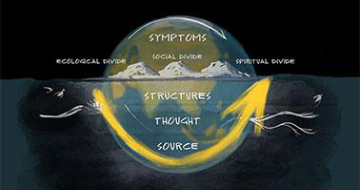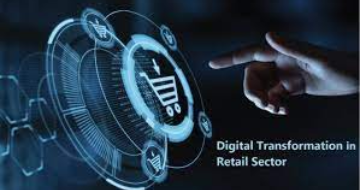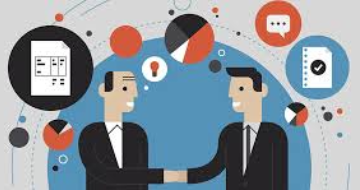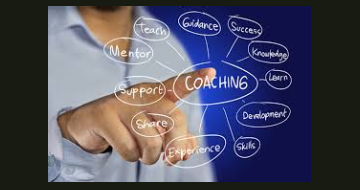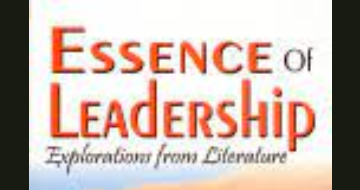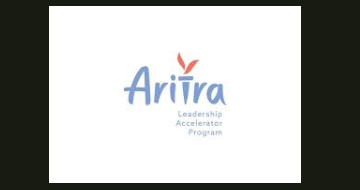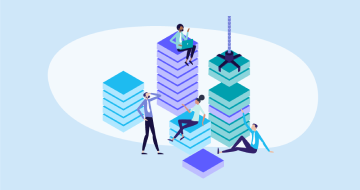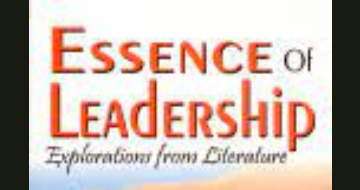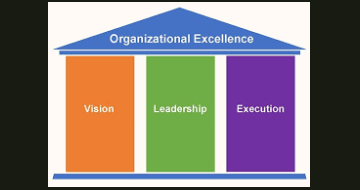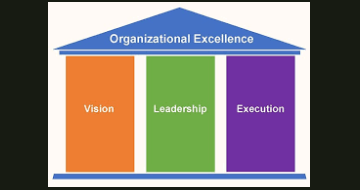Technology and Innovation Acceleration Program by MIT Cambridge
Learn to manage both technology and people with excellence by enrolling in the Technology and Innovation Acceleration online course.
Course Highlights
- Live sessions with MIT faculty
- Access to cutting-edge technologies and concepts from MIT
- Individualised feedback on assignments
- Certificate of Completion from MIT xPRO
- Final Capstone project
- Fireside chats with technology leaders
- Optional on-campus event to celebrate program completion and network
- 6-month course
Skills you will learn!
Curriculum
2 Topics
Introduction to the concept of critical thinking and meta-cognition; the processes used to plan; monitor; and assess one's own understanding.
Implement critical thinking for solving complex problems by analyzing alternative solutions critically and identifying types of evidence for or against the alternative solutions.
2 Topics
Receive an introduction to the concept of information literacy and various research techniques to help you form conclusions.
Assess the strength of evidence and relate evidence to different social and technical factors.
2 Topics
Practice group decision-making processes that focus on convergence and gathering information by using the Pugh Matrix and the Evaluation Matrix.
How MIT’s D-Lab applies these matrices to their research to develop and advance practical solutions to global poverty challenges.
2 Topics
Understand the elements of system thinking through a diverse set of self-assessment activities and learning scenarios.
Apply these concepts to a personal activity system and a professional activity system of your choice.
1 Topic
How system thinking is applied to a diverse array of applications; including logistics; transportation systems; and computational systems.
2 Topics
Describe the architecture of a system and identify both architectural decisions and non-architectural decisions.
Identify the various elements in architecture representations and place these in the context of the overall documentation of the system.
2 Topics
Construct a DSM; either by analyzing the design or by converting a graph of the system.
Construct a process architecture DSM and identify how it is different from a design DSM.
2 Topics
Understand the process of tradespace exploration by defining value; a key metric by which designs are compared.
Develop a model of value by characterizing a design using attributes and organize these attributes into hierarchies for evaluation and summation.
1 Topic
Get acquainted with the stages involved in the design process for AI-based products and services with a focus on cost metrics and technical requirements of an AI software development plan.
4 Topics
Identify various machine learning algorithms and study the different approaches
such as Bayesian and regression models.
Unsupervised and semi-supervised methods of machine learning algorithms.
Run and analyze the results from various machine learning algorithms.
3 Topics
Building on the knowledge of machine learning fundamentals gained in module 10
Explore the basics of deep learning.
Neural networks; artificial neurons; and simulation of complex networks.
2 Topics
Identify superhuman intelligence used in an AI product.
Compare and contrast the advantages and disadvantages of using an AI technology.
2 Topics
Discover immersive media; including augmented reality; and virtual reality.
Differentiate the unique elements of AR; VR; and mixed reality and learn about the software and hardware requirements of each.
3 Topics
Understand the applications of AR/VR in diverse fields such as medicine; military; and education.
AI-enhanced augmented reality and drive innovation using AR/VR powered solutions.
Analyze the impact of 5G on AR/VR experience and the long-term impact of COVID-19 on remote and virtual experiences.
3 Topics
The core concept of quantum computing; its origin; and how it is different from other forms of computing.
Compare and contrast classical computers (desktops; laptops; tablets; cloud servers; etc.) with quantum computers.
The timeline for quantum computing and explore the types of problems that are a challenge for classical computers; but can be efficiently solved on a quantum computer.
2 Topics
An introduction to radical innovation; a concept that is diametrically opposed to incremental innovation.
The core features of technical innovation in the modern world and the philosophy and strategies needed in an organization to execute various forms of innovation.
2 Topics
Understand the factors that pose a threat to innovation; both internal and external.
Explore concepts such as super technologies; business model innovation; and developing your innovation pipeline.
2 Topics
Understand the most important elements of how to innovate.
Explore different methodologies such as Lean and Agile for executing innovation; and learn about testing; rapid prototyping; and design to lead innovation within your organization.
1 Topic
Recognize the key elements of strategy; the precursors to strategy; and the influence of strategy on products.
Analyze the impact of technological changes on organizational strategy and apply strategic thinking for gaining competitive advantage.
2 Topics
How to create; staff; and mobilize the people and resources needed to effectively launch new project teams and improve existing ones.
Examine strategies for managing three main types of group conflict: task-related conflict; relational conflict; and process conflict.
3 Topics
Explore different strategies to increase effectiveness and to build teams in a productive way.
Architect an effective organization that supports teams and teams success.
Implement post-mortems to capture lessons learned and build future capability in teamwork.
3 Topics
Introduction to organizational networks
The different categories of networks like social network; closed network; and open network.
Identify the key players; their roles; and importance while leading change within an organization.
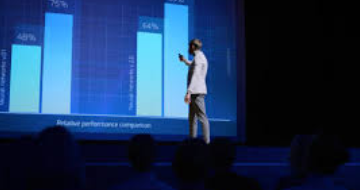
Technology and Innovation Acceleration Program




